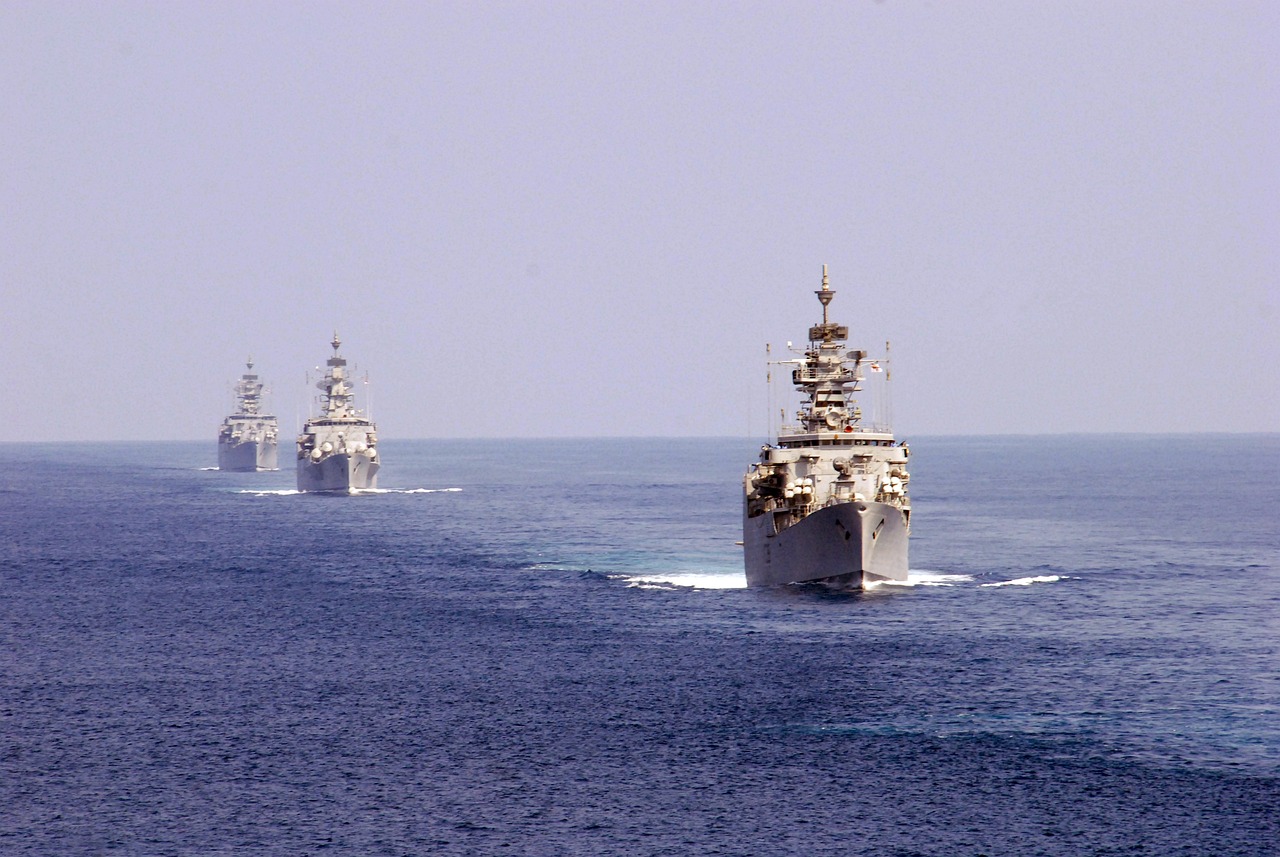This post is also available in:
 עברית (Hebrew)
עברית (Hebrew)
Palantir (an American AI firm) partnered with HD Hyundai Heavy Industries (a South Korean shipbuilding company) to develop an unmanned surface vessel for the US Navy’s reconnaissance missions, planned to be ready by 2026.
The two firms reportedly intend to make the most effective use of the USV model based on future market demands in Korea and in the US. The companies also claimed that management of the entire operational environment will be possible through the AI platform once the USVs are distributed.
According to Interesting Engineering, the agreement states that autonomous navigation software will be developed with the help of Avicus (HD Hyundai’s company) and Palantir’s AI-based Mission Autonomy, while HD Hyundai will also integrate the software system and the advanced equipment and develop a high-performance hull.
HD Hyundai reports that earlier developed USVs were very difficult to operate, especially in rough environments (like high waves), and had limitations that did not meet the mission performance capabilities of manned ships. This agreement will hopefully enable both companies to develop a differentiated model by combining accumulated autonomous navigation technology with cutting-edge defense AI.
Nowadays, automated navy ships are gaining attention as an essential force that is replacing existing manned ships and performs various missions – from surveillance and reconnaissance in dangerous areas, to mine search and removal, and even combat.
Palantir has reportedly been working with various defense agencies on developing advanced software and received a contract from the US Army to develop a mobile battlefield intelligence system earlier this year. Palantir CEO Ryan Taylor has said: “It is meaningful to be able to form a defense industry partnership with HD Hyundai, a world leader in shipbuilding, following digital transformation. By applying AI capabilities in future naval warfare, we will solidify the competitive advantage of the United States and its allies. We will continue to build a defense industry ecosystem that can do this.”


























